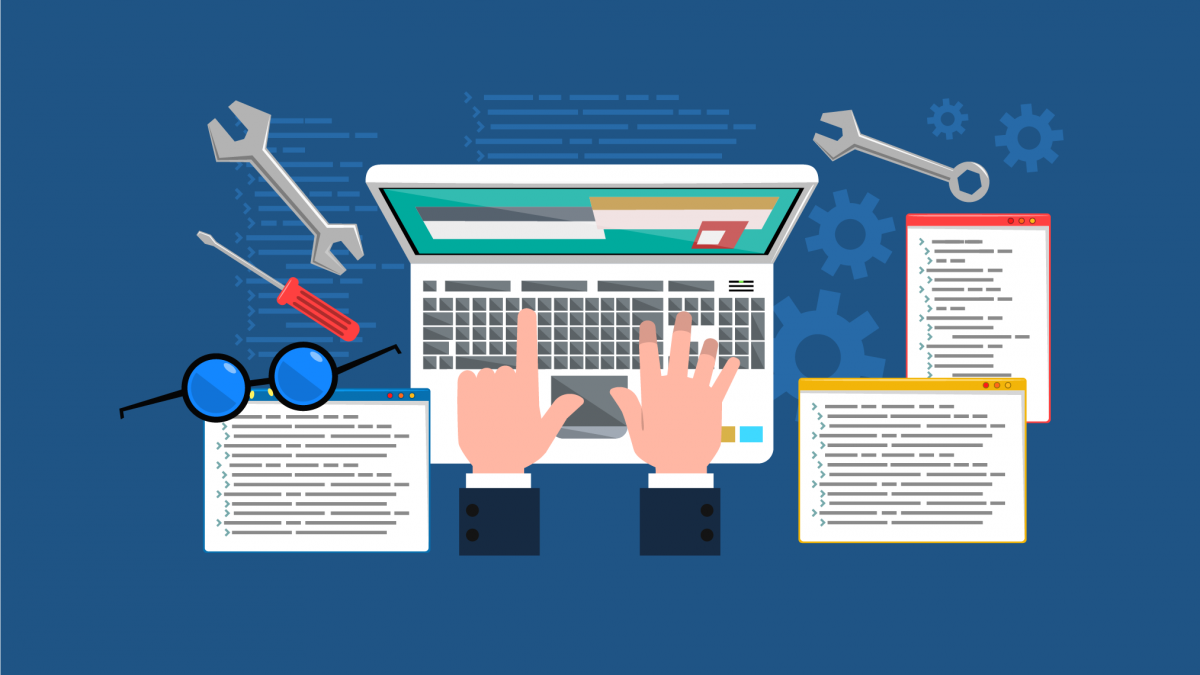Technology has started on this relentless path of democratising everything that used to be held by gatekeepers. From shopping to news to social networks, it has pried away the power that used to belong to a select few. This power has been distributed across all of us and has disrupted countless industries. As 21st century consumers who are tech-savvy and have to know how to use the web to our advantage, why hasn’t procurement had this change yet?
Procurement has always been a long and tedious process. From calling suppliers, getting quotes and applying for funds from your superiors. As with all businesses, there’s always some form of red tape and bureaucracy to work though before you can secure the items you need for your business. Respondents to a Ayming survey amongst procurement professionals revealed that 67% of them think that their company’s procurement process is ineffective. This is where the internet comes in!
Customers want to buy things online whenever and wherever they want without having to pick up the phone or contact a sales rep.
It has been reported that the procurement software market is set to grow even more, up from the $4.3 billion in 2016 to $4.7 billion in 2017. More and more businesses and procurement professionals are turning to e-procurement to streamline and better manage their systems. Here’s why you should be doing the same:

Lower Costs
The first and biggest advantage of using technology is always the savings on manpower. Suddenly, all of the manpower that you originally required to run your procurement is reduced by a large margin. It goes without saying that running a leaner operation will do wonders for your cost. Better yet, it leaves your procurement team to manage the more important things, instead of doing the tedious work of cold calling suppliers for quotes all day long.
Simpler Organisation
As companies grow bigger and bigger, one of two things happens.
- The company grows disorganised. Growing business (good problems!) causes headaches for procurement as it leads to more risk of exceptions. Also, the timing of procuring items gets messed up within the noise, leading to more problems down the line
- More red tape. In fear of their company growing disorganised, some companies implement many protocols for their procurement in order to prevent mistakes and exceptions. However, this causes the other problem of too much paperwork! Workers have to cut through a lot of barriers in order to do their work.
Here is where e-procurement can solve all these in one fell swoop. They streamline your procurement and keeps track of all your transactions, so you’ll never have to worry again. Centralised purchasing and proper bookkeeping ensures that procurement can be done quickly and efficiently.
Quick Integration
Most procurement systems offer quick and pain-free integrations with your existing company structure. Furthermore, some even offer customisable plans such that you may tweak it to work with your own systems. Minimal change of systems saves everyone time and gives your IT staff less stress too!

Clearer Reporting
Let’s say Jim from the finance department always manages to find something wrong between the invoices and purchases. With e-procurement systems, we effectively get rid of those issues by having a perfect record of all transactions going through the department. Being able to quickly find the records you require at a moments notice saves teams a lot of time too.
Furthermore, most e-procurement systems have one-click systems to consolidate the orders and financial figures. This allows you to quickly see the historical data on spending and purchases made. These tools cut down the time taken to compile data when it’s necessary to report to superiors, once again saving time.
Data Analytics
Finally, by far the most interesting and useful tool that e-procurement allows is the collection of data about spending. Every single detail about your company’s procurement can be tracked and measured.
When did you buy a certain item? How much did you spend this year on X? What are the peak periods for spending?
Having these data points at hand allows procurement managers to make informed decisions going forward. For example,if you know there will be demand in May for office supplies, it is possible to automate their purchase beforehand. Given enough information, your procurement team can stay ahead of things. Only make purchases that arrive exactly when your company needs it!
As the world moves towards Big Data, having actionable information at your fingertips is the way into the procurement of the future.
Conclusion
So many industries and professions have been disrupted and changed for the better because of the power of the internet and technology, procurement should be no different. In a survey by Ayming, 72% of procurement professionals believe that technological tools and systems will become increasingly important to creating more value in procurement departments. 90% of CPOs feel that this is also the highest priority across any type of company – publicly or privately owned.
Stay ahead of the times, think about going digital. Alternatively, learn how to tweak your current procurement systems for the better!

Stay connected